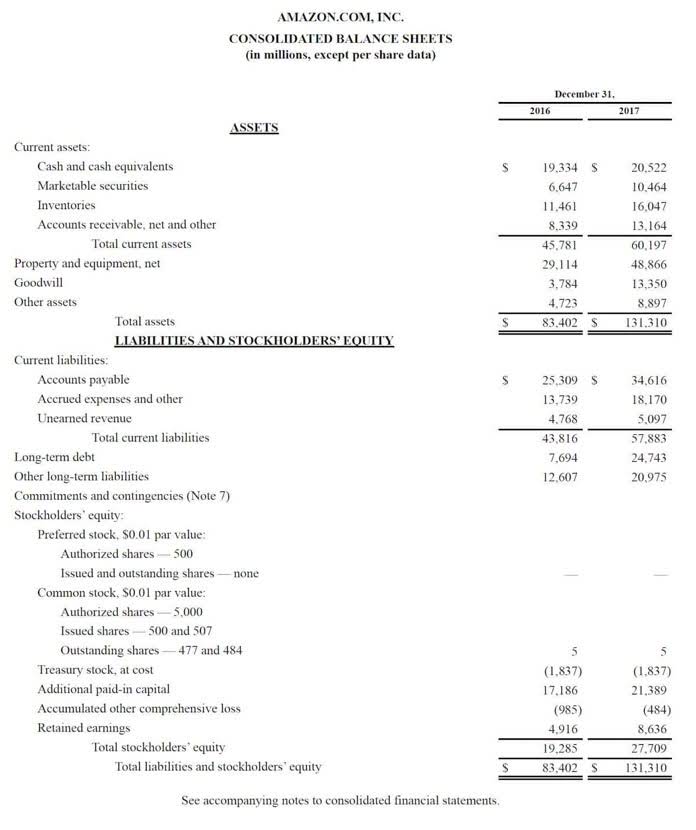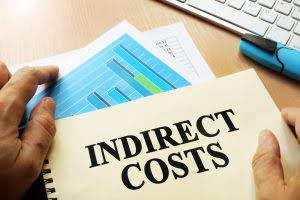
NRV is a conservative method for valuing assets because it estimates the true amount the seller would receive net of costs if the asset were to be sold. NRV is commonly used to evaluate accounts receivable and inventory, especially in contexts where these assets need to be appraised in accounting records. Adjustments to the Allowance account are reported on the income statement as bad debts expense. Materials and other supplies intended Food Truck Accounting for production are not written down below their purchase price, especially if the final products they’re used in are projected to sell at or above cost. Thus, a write-down isn’t permitted solely because of a decline in raw material prices or if expected profit margins are unsatisfactory.
What is net realizable value?

Net Realizable Value (NRV) is a vital concept in accounting that ensures assets, particularly inventory, are valued accurately in financial statements. By net realizable value calculating NRV, businesses can prevent overvaluation of assets and provide a truthful representation of their financial health. This helps stakeholders make informed decisions and maintain trust in the company’s financial reporting. Net Realizable Value (NRV) is the estimated selling price of an asset in the ordinary course of business, minus the estimated costs of completion and the estimated costs necessary to make the sale.
- Thus, a write-down isn’t permitted solely because of a decline in raw material prices or if expected profit margins are unsatisfactory.
- Competition always runs the risk of supplanting a good’s market position, even if both goods are still relevant and highly functioning.
- In this situation, the inventory should be reported on the balance sheet at $12,000, and the income statement should report a loss of $3,000 due to the write-down of inventory.
- However, the net realizable value is also applicable to accounts receivables.
- It not only executes calculations but also enhances understanding and efficiency in tackling diverse computational tasks.
- For the past 52 years, Harold Averkamp (CPA, MBA) has worked as an accounting supervisor, manager, consultant, university instructor, and innovator in teaching accounting online.
- In accounting, accurately assessing the value of your assets is crucial.
Calculate Net Realizable Value

NRV is important to companies because it provides a true valuation of assets. NRV helps business owners and accountants understand the true value of an asset. The conservative principles involved in the calculation prevent the overstatement of assets. It also allows for the conservative and appropriate recording of assets for a business. In the following year, the market value of the green widget declines to $115.
NRV and Lower Cost or Market Method
For the accounts receivable, we use the allowance for doubtful accounts instead of the total production and selling costs. There are a few steps involved in calculating the net realizable QuickBooks value for an asset. First, you’ll have to determine the expected selling price or the market value. Keep in mind that this should follow the conservatism principle in accounting.

The conservative recordation of inventory values is important, because an overstated inventory could result in a business reporting significantly more assets than is really the case. This can be a concern when calculating the current ratio, which compares current assets to current liabilities. Lenders and creditors rely on the current ratio to evaluate the liquidity of a borrower, and so might incorrectly lend money based on an excessively high current ratio. An accounts receivable balance is converted into cash when customers pay their outstanding invoices, but the balance must be adjusted down for clients who don’t make payments. NRV for accounts receivable is calculated as the full receivable balance less an allowance for doubtful accounts, which is the dollar amount of invoices that the company estimates to be bad debt.
- An accounts receivable balance is converted into cash when customers pay their outstanding invoices, but the balance must be adjusted down for clients who don’t make payments.
- For the accounts receivable, we use the allowance for doubtful accounts instead of the total production and selling costs.
- Often, a company will assess a different NRV for each product line, then aggregate the totals to arrive at a company-wide valuation.
- For the past 52 years, Harold Averkamp (CPA, MBA) hasworked as an accounting supervisor, manager, consultant, university instructor, and innovator in teaching accounting online.
- NRV is a valuation method used in both generally accepted accounting principles (GAAP) and international financial reporting standards (IFRS).
- Precisely calculating NRV allows for accurate profit measurement and compliance with accounting regulations like GAAP or IFRS.
Example of Calculating the NRV

Since the cost of the inventory i2 is $70 is higher than the NRV of $50, we get the net realizable value for inventory on the balance sheet at $50. There are different methods for calculating this depending on the purpose of finding the NRV. Mostly like you won’t have to break out the calculator since the formula is very simple. Is it worth it to hold on to that equipment or would you be better off selling it? Net realizable value (NRV) is used to determine whether it’s worth holding on to an asset or not.
